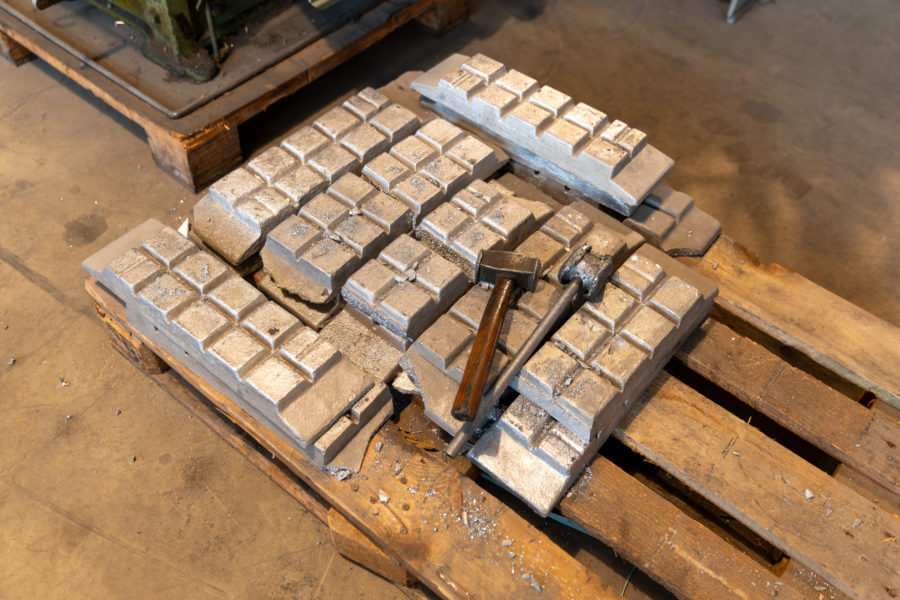Agnico Eagle reaches another Arctic milestone
Gold output jumped by staggering 30%, from 1.1 Moz in 2013, to 1.43 Moz in 2014, thanks to new mines coming on stream, including Goldex in Canada and La India in Mexico, as well as the acquisition of a 50%-share in the Canadian Malartic mine from Osisko.
Now another project – one of the Toronto-based company’s largest in terms of reserves and resources – has passed a major milestone.
The Nunavut Impact Review Board on Thursday gave Agnico Eagle the green light for a second mine in Nunavut in Canada’s far north, issuing a project certificate for the company’s Meliadine project certificate.
Meliadine is located near the western shore of Hudson Bay in the Kivalliq region of Nunavut, about 25 kilometres north of the hamlet of Rankin Inlet and 290 kilometres southeast of Agnico’s Meadowbank mine which went into production in 2010 and is set to produce in excess of 400,000 ounces this year.
Meliadine – an open pit and underground project – was boosted last year when Agnico increased reserves at the property by approximately 500,000 ounces to 3.3 million ounces (at a grade of 7.44 g/t gold).
The Review Board attached 127 conditions to the project certificate covering everything from wildlife monitoring to air quality control.
Agnico says the issuance of the Project Certificate would enable the company to apply for the various operating permits/licenses/authorizations required to actually start construction and operation of a gold mine at Meliadine.
One of the key permits is the Type A Water License which authorizes all water use and waste disposal requirements for the Meliadine mine during the construction, operation and ultimate reclamation phases of the project. Agnico is spending $64 million on the project this year.
Agnico, worth $6.6 billion on the NYSE, as a whole is set for production this year of approximately 1.6 million ounces of gold which would move it further up the global rankings. Total cash costs on a by-product basis of $610 to $630 per ounce is targeted by the company while all in costs are forecast to be between $880 to $900 per ounce in 2015
Click here for the full Nunavut Impact Review Board study.
{{ commodity.name }}
{{ post.title }}
{{ post.date }}





Comments